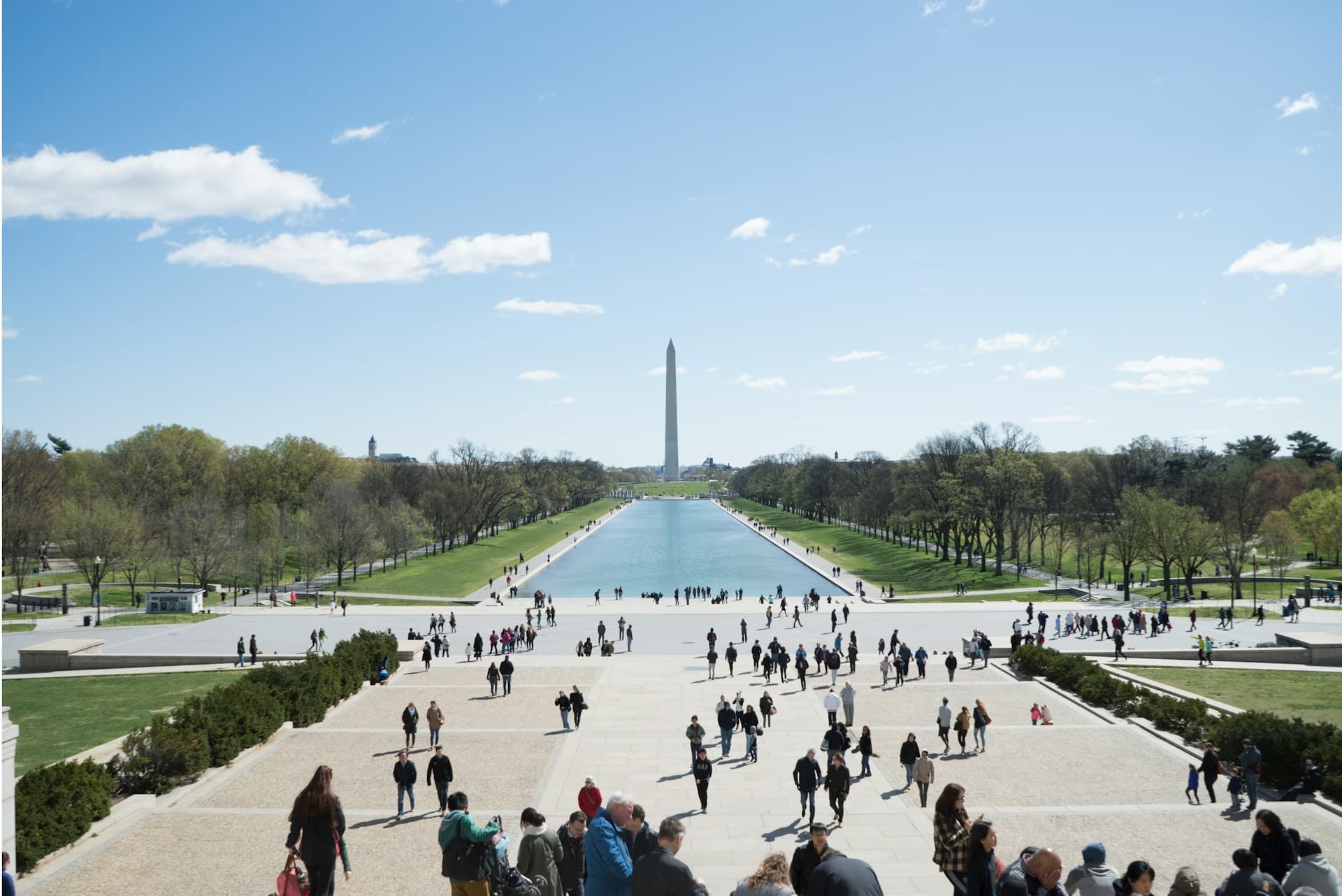6 Things the Crisis in Ferguson Is Showing Us about America

The shooting death of an unarmed black civilian by a white police officer this month has made Ferguson, Mo., a flashpoint for some of the most divisive issues in America today.
Reports show that Michael Brown, 18, died after Ferguson Officer Darren Wilson responded to an emergency call. Accounts about what happened vary, but an autopsy showed that Wilson reportedly discharged his weapon six times.
Since then, Ferguson has seen protests, riots, looting, curfews, and even more death. The crisis makes the city of just more than 21,000 a synonym for everything from race relations to fears of police militarization, the role of the cable news media, so-called “hacktivism,” and the state of the U.S. justice system.
Here is a closer look at 6 claims reported in the mainstream news media.
1. It Isn’t Rare for Unarmed Black Men to Perish in Violent Confrontations
Brown was far from the first unarmed black male to die in a confrontation with police.
Onestudy found that 313 black men died in extrajudicial killings in 2012 alone. The surveying organization, Malcolm X Grassroots Movement, broke down the numbers to show that violent deaths like these occurred every 28 hours that year.
Another website, TheRoot.com, uncovered 20 cases in which authorities shot and killed their victims, all black and unarmed. Trayvon Martin’s death in 2012 remains one of the better-known cases, but others, like 19-year-old Kendrec McDade, fell to several rounds of bullets while unarmed.
A look outside of homicide figures unveils a starker portrait of race relations in America: According to the Pew Research Center, black men were five times more likely to be incarcerated than whites in 2010, with more than 4,300 in prison for every 100,000 that year.
To press the point, Greg Howard published a now widely-circulated column titled, “America Is Not for Black People.”
“We know this, and then we put it out of our minds, and then something happens to remind us,” he said.
2. Ferguson’s Racial Makeup Makes It a Meaningful Symbol
Ferguson is a majority-black city with almost universally white leadership. According to a racial profiling report obtained by BuzzFeed, a little more than 67 percent of the city’s residents self-identify as black.
Even so, black arrests occur much more frequently than those for whites in the city.According to the same report, Ferguson police stopped 4,632 black residents last year, compared with only 686 traffic stops for white residents. This is despite the fact that whites had a higher contraband rate than blacks at about 34 percent to just less than 22 percent.
Blacks in Ferguson not only suffer more arrests; they also occupy fewer leadership roles in positions that could matter for issues like higher arrest rates.
The Los Angeles Times reported that the city’s mayor, police chief, and nearly all of its police officers are white.
3. Protests Like Those in Ferguson Can be Hijacked by Outsiders
Protests in Ferguson took a violent turn when a few began to loot businesses and even throw Molotov cocktails.
Government officials were quick to finger urban infiltrators, with Missouri Gov. Jay Nixon (D) attributing the worst of the violence to “individuals… outside the community and state.”
Of more than 150 arrests it reported from records, The Washington Post documented several who came to Ferguson from outside the state. The addresses for these individuals reportedly included 5 in California, 9 in Illinois, 6 in New York, 2 in Ohio, and 3 in Texas.
Others arrived in the city from Alabama, Georgia, Iowa, and Washington, D.C., according to The Post.
4. Hackers Aren’t Always a Substitute for the News Media
Days after the shooting, Ferguson police withheld Wilson’s identity, generating rumors of a cover-up.
In step, Anonymous, a loosely connected network of “hacktivists,” threatened to divulge the real shooter’s identity. A member self-identifying as TheAnonMessage ended up releasing the full name, photograph, and other information for the wrong officer on a now-suspended Twitter account.
The St. Louis Police Department showed just how false the information was when it unveiled Wilson was the shooter.
the Washington Post that Anonymous — while typically accurate and even helpful — “may put whomever erroneously identifies in harm’s way” when its tactics run afoul.McGill University professor Gabriella Coleman, who follows the group, told
To their credit, members of the Anonymous community chose to “break up” with the user, calling the user a “namefag” -- an insult directed at people who do not post as simply "anonymous" -- in an email to other news media, according to The Wire.
5. Your Skin Color Is Probably Shaping How You See Michael Brown’s Death
Americans remain divided over whether the shooting of an unarmed, black teenager should raise questions.
A Pew Research Center survey found that only 37 percent of white Americans believe the situation in Ferguson raises concerns, compared with 47 percent who think the case is receiving “more attention than it deserves.”
By contrast, the same poll showed that nearly 80 percent of black Americans think the case raises issues that sorely need addressing.
6. … But the Final Account Is Far from Settled
Despite the riots and curfews, there is more than one account about what led to Brown’s death.
According to The New York Times, an autopsy revealed that Brown received at least six gun wounds, including four in the arm and two to the head.
But claims that the confrontation was more of a struggle continue to grow. ABC News reported on Wednesday that it spoke with a source who claimed that Wilson received “a serious facial injury” before he discharged his weapon.
Photo Source: AP





